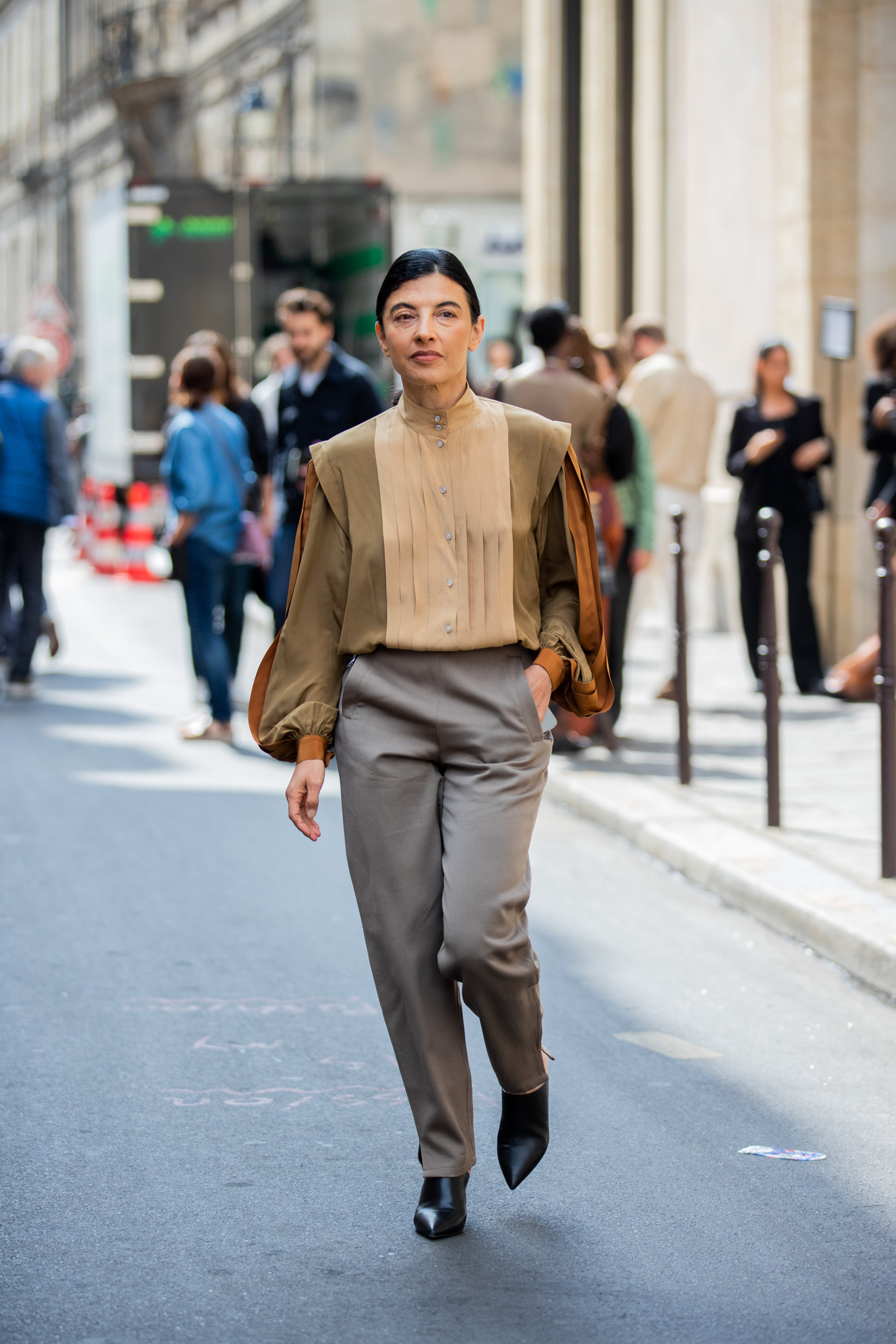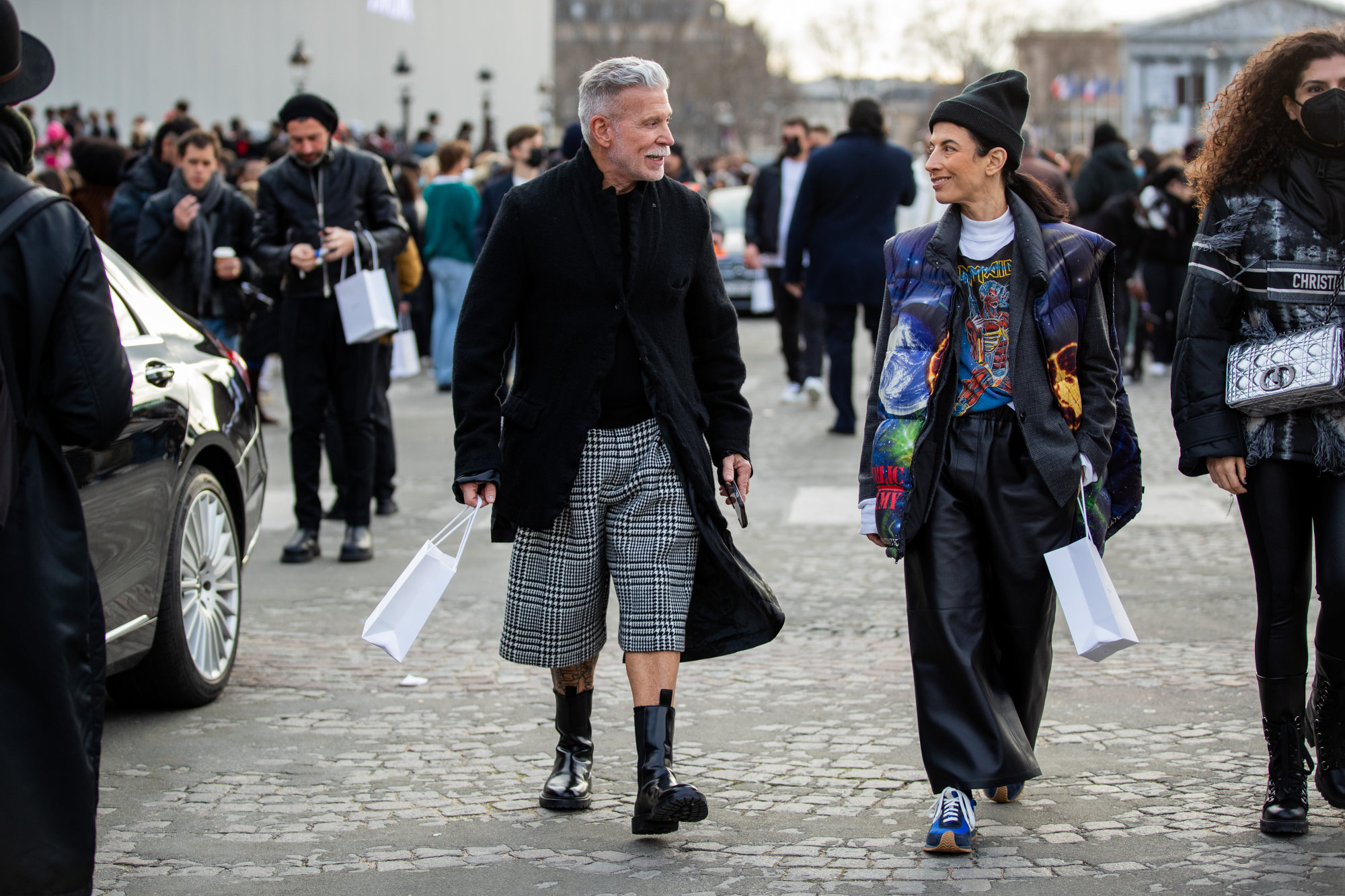
What’s it really like to work a ‘big four’ fashion week? A stylist, photographer and model reveal
- The ‘big four’ fashion weeks are lavish events attended by the biggest brands and stars, but behind the glamour lies intense work under stressful conditions
- Speaking with three industry professionals, we peek behind the scenes to see what their schedules are like, how they cope and their advice for others
Christened “New York Press Week”, the first fashion week was founded by the American super-publicist Eleanor Lambert in 1943.
Despite Paris being considered the fashion capital of the world, the French city only followed suit in 1973. That event, known as the “Battle of Versailles”, was a sartorial tête-à-tête that saw five American and five Parisian designers compete against each other, with the Americans stealing the show.
Milan also beat Paris to it by launching its fashion week in 1958, while London, which rounds out the cities in fashion’s “top four”, launched its version in 1984.
To begin with, each city’s biannual fashion week was staged predominantly for department store buyers – working for the likes of Harrods, Dover Street Market and Bergdorf Goodman – and the print media.

Historically, the seasons were attuned to retail cycles, giving the press time to write about and photograph the garments for high-fashion publications, such as Vogue and Harper’s Bazaar, before they made it to retail six months later.
Recently, however, this has changed to accommodate pre-autumn and cruise (or resort) collections.
Buyers and the media – as well as photographers, stylists and, of course, models – still play incredibly important parts in the global fashion week calendar. But much has also changed.

Indeed, fashion weeks and entertainment have undeniably grown closer than ever before – a shift particularly evident during American rapper turned designer Pharrell Williams’ menswear fashion week debut for Louis Vuitton in June - while stars and celebrities are loaned, and sometimes gifted, full looks from the latest runway shows.
Partaking in the lavish dinners, glitz and glamour associated with attending fashion weeks is a privilege afforded only to the selected few. But for the industry professionals who work a fashion week, they face a vastly different reality to those who are merely there to make an appearance.
“Fashion week is an extremely busy time for me because I style fashion shows, as well as attend them,” says Julie Ragolia, a New York-based stylist who styles the Milan Fashion Week show for Zegna and is the fashion director of Autre Magazine.
Fan Bingbing wears Lebanese designer: how high fashion is embracing diversity
“I compartmentalise my mind in order to not be influenced by any shows that I may see and to stay focused on the brands I am working with as a stylist.”
Ragolia’s sentiment is echoed by Vogue’s street fashion photographer Phil Oh, also known as Mr Street Peeper.
“I’m on my feet almost all day long [and] always have to be alert - it’s [about] watching, looking and scanning the crowd. So it’s physically taxing and mentally exhausting,” Oh says.

For many fashion professionals who cycle through all top four fashion weeks in New York, London, Milan and Paris, the reality is that they are on the road for over a month straight while attending eight shows a day and sleeping irregular hours as they keep up with the roster of collections to be shown, stories to be filed, photographs to be uploaded, and shows to be walked.
At the same time, fashion weeks are an occasion for camaraderie among industry professionals who haven’t seen one another for a while, as they bring together people from all over the world.
“There are a million private jokes I share with designers I’ve had the joy of collaborating with and there have been so many incredible conversations with my fellow editors as I attend shows,” Ragolia says about her favourite fashion week moments.

Oh says: “The camaraderie that I’ve built with a few of the other photographers, like Tommy Ton, Scott Schuman – I see them more than my friends and family at home.”
While the hours can be long, social interactions with colleagues and friends you haven’t seen in months can alleviate the stress - as can having routines to keep yourself grounded and being able to take your mind off things, whether it’s going for a run, doing yoga, taking relaxing walks or even just a moment of stretching, before the pace picks up again.
“I’ve been practising yoga for many years, so try to keep a regimen intact even when working intensely during a fashion show,” Ragolia says. “Sometimes I will only have 10 minutes for yoga, but it grounds my mind to have a routine.
“I’m generally a calm person and, thankfully, work with other people who are calm, so the feeling of team support makes the work always feel like play.”

“I usually start fashion week by stopping in Chinatown,” says Mae Mei Lapres, a Paris-based model known for her cobalt blue mane. “I buy all my sauces, veggies and plenty of fresh fruits. I try to walk to all my castings and make a music playlist I put on repeat.”
The hours and the intensity of the work done during fashion week aren’t for the faint-hearted, especially since you have to be at your best every day - whether you’re snapping street-style photos outside the shows, attending runways, or donning the latest designer creations for 15 minutes before rushing to the next show.
The hard work involved is rarely transmitted to onlookers, who can often only see the socialising, cocktails and glamorous dinners that offer only a small window into the industry.
Even if we aren’t on set, we should always be prepared to be. Our body and mind is our tool. So we should always practise a healthy lifestyle
Both Ragolia and Lapres have advice for budding creatives eyeing highly competitive careers in styling and modelling.
“I think the most important thing for anyone considering becoming a stylist [is] to keep in mind that it does not happen overnight,” Ragolia says. “It’s a process and it’s a study. The best advice I can offer is to listen. Paying attention and observing are everything.”
Lapres, meanwhile, points out to prospective models that you’re never truly off duty.
“Even if we aren’t on set, we should always be prepared to be. Our body and mind is our tool. So we should always practise a healthy lifestyle,” she says.

Once fashion month is over, many industry professionals return to their regular schedules of photographing, styling and modelling for glossy high-fashion magazines.
Others, like Lapres, have transformed their fashion careers into running their own businesses. She runs a thriving vintage marketplace and uses her creative flair from her time as an editor to work as a creative consultant for a range of clients.
Her recipe for transitioning from modelling to new mediums underscores the importance of longevity beyond the world of editorials and runways.
‘From all over the world’: Gen Z flock to Seoul for personal colour analysis
“It is important for fashion models to know that they are an important part of the marketing process, [so] here are my three tips: take yourself seriously [because] your ideas matter; utilise your earnings as a fashion model to build your dream business; and utilise your connections and good looks to build a network of people who believe in you,” she says.
